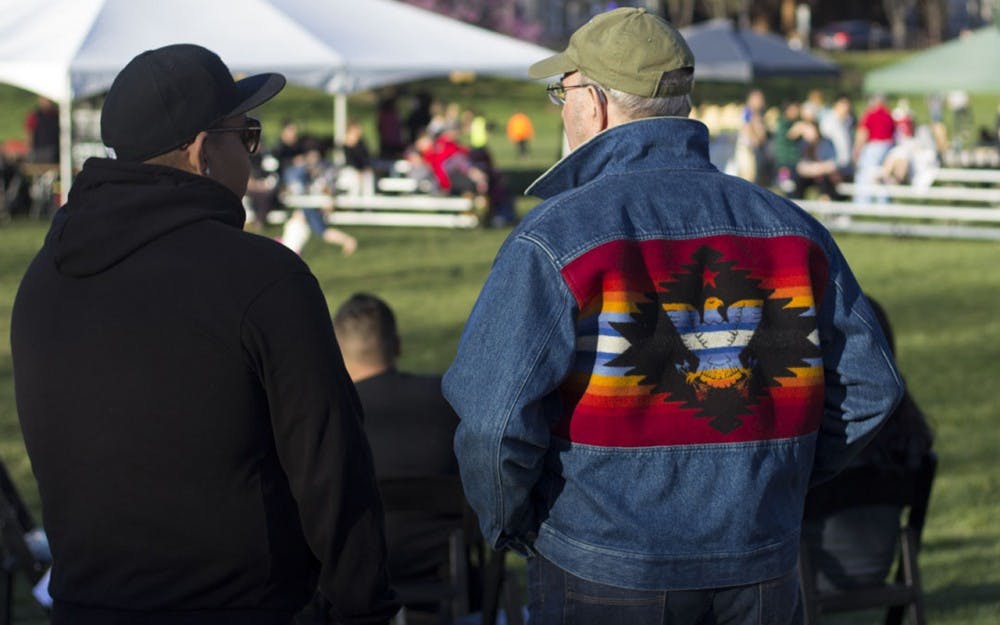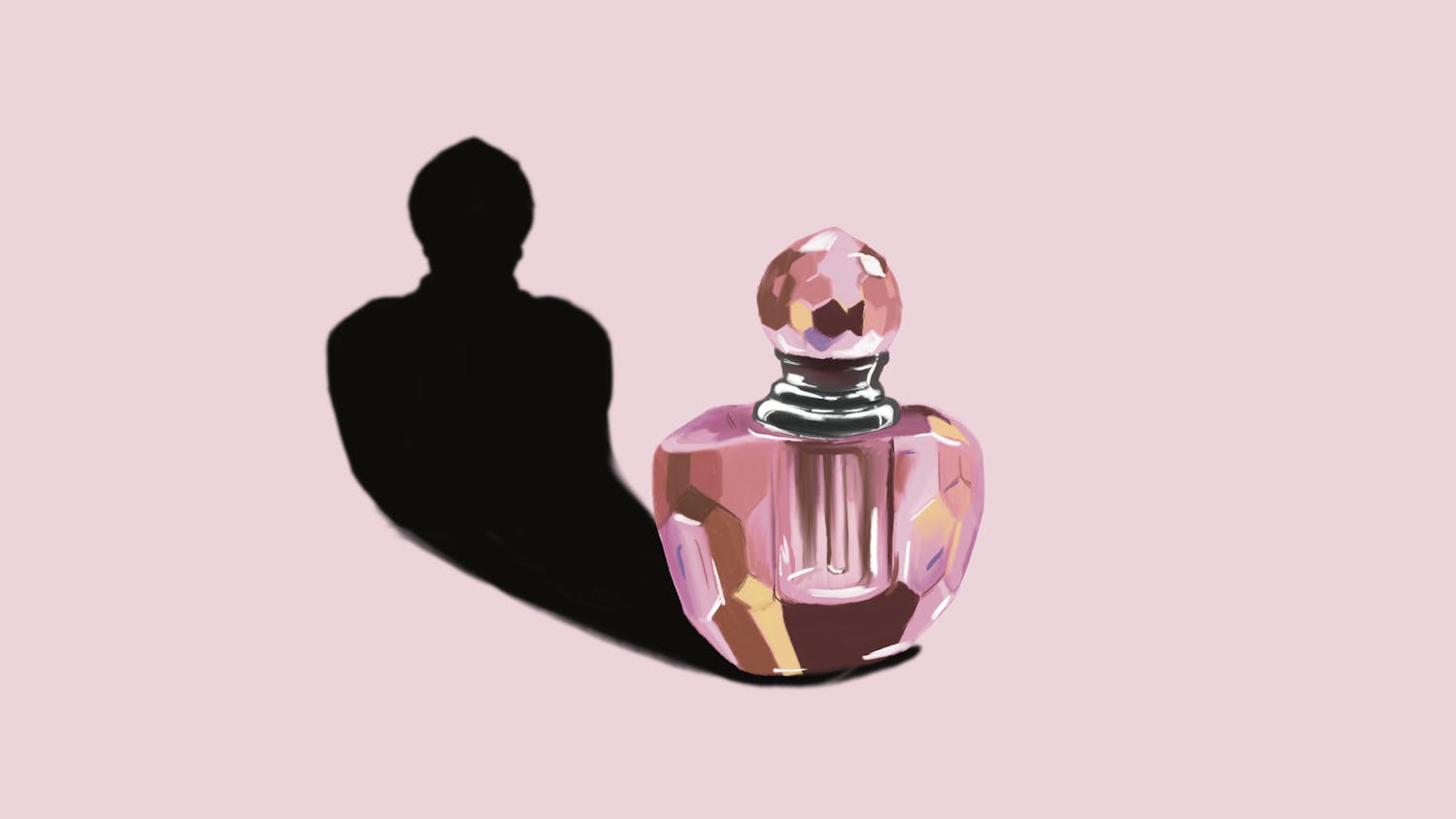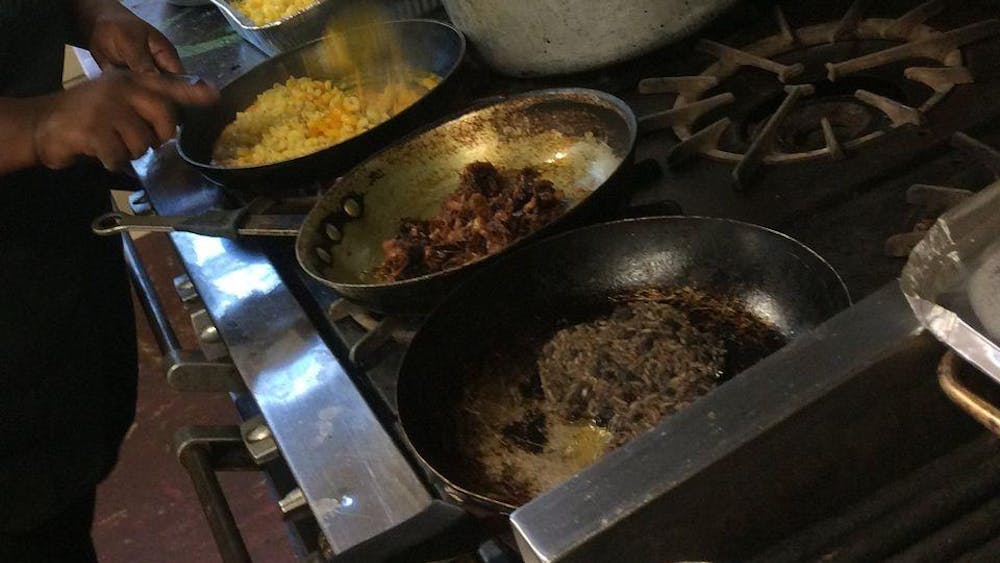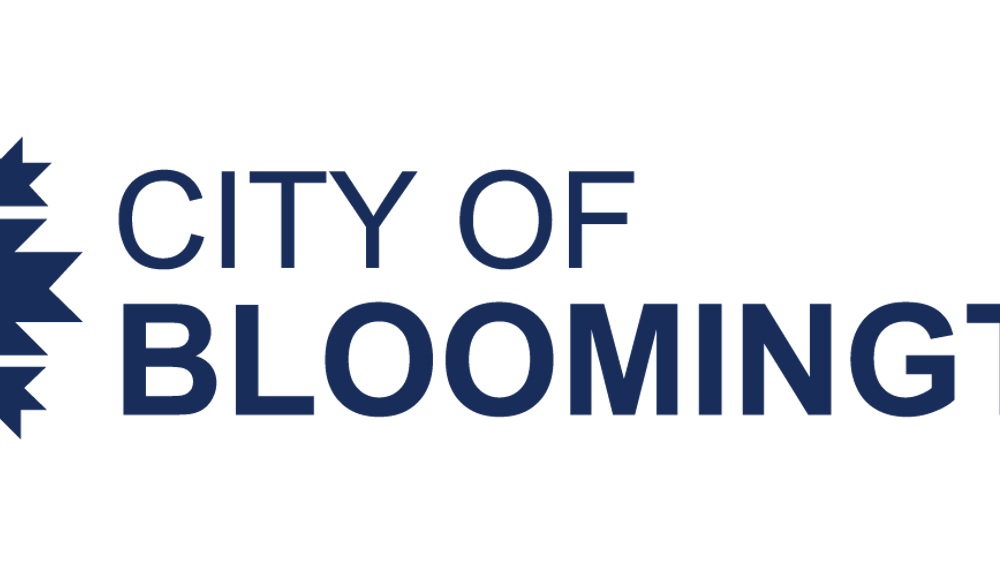Dressed in a fully beaded purple cape with long buckskin fringe, Sayokla Williams from the Oneida tribe moved slowly along the circle to the beating of drums and voices of other Native American singers.
She was one of many Native American dancers who traveled to IU for the First Nations Educational and Cultural Center’s sixth annual Traditional Powwow. Williams traveled from Oneida, Wisconsin, to share the beauty of her culture with students and community members in Bloomington and other tribes from across the United States and Canada.
Williams described her dance as graceful and subtle. She said the purple color of her cape was special to the Oneida people. While she moved gently around the dance arena, the fringe on her cape swayed with her light dance steps.
“For many of these people these are suits. These are dress clothes. These are the fanciest clothes that people have,” FNECC Director Nicky Belle said. “Families have put tons and tons of hours into putting these outfits together for them.”
Belle explained that each style of dance outfit is based on the dance the person performs. Clothing can indicate the type of dance, where they are from and even the family they are related to, Belle said. Williams is a women’s traditional northern buckskin dancer and said the message of her dance was to stay close to “Mother Earth.”
“We consider ourselves caretakers, protectors of Mother Earth,” she said.
Dancers have different styles of dancing with various clothes and messages. Many of the men in the meadow Saturday wore anklets with bells that rattled whenever they stepped to the beat of the drum. Only the singers’ voices and beat of the drums were audible above the jangling of the bells.
Throughout the day, the powwow had a steady flow of student and community members stopping by. For some dances, observers were invited into the arena to join various intertribal and social dances. The powwow was composed of two main dance sections at 1 and 7 p.m. that lasted for hours. During these dance sessions, four different singing groups rotated playing intertribal and exhibition songs. Different host drums played while they danced. Host drum groups are primarily responsible for providing music for native dancing
The host northern drum Tha Tribe came from Lawrence, Kansas, while the host southern drum Yung Bux traveled from Lawton, Oklahoma. Ho-Chunk station, the invited northern drum, was from Lyndon Station, Wisconsin, and Iron Bear, the invited southern drum, came from Eau Claire, Michigan.
Belle said the songs that were played determined the dance steps and covered a variety of topics. He said a lot of the songs were about historical events or in honor of someone. Intertribal dances could include every dancer, while exhibition dances focused on specific styles of dance, like hoop dancing or smoke dancing in particular.
Between the two dance sessions, Paso a Paso and the Indiana School of Polynesian Arts performed routines to draw on the connections between other indigenous cultures, Belle said.
“I want to help highlight those additional connections,” he said.
This was the first year the event has taken place outside. Last year at the same time it was snowing, Belle said. Vendors’ tents on the outer ring of the circle provided dancers and observers the ability to cool off. Shirts, jewelry, DVDs, CDs, food and other accessories were available to purchase, though the event was free to everyone.
Belle said many people learn about Native American culture in a historical sense. Most people know what tribes did but few know what these tribes do today.
“The general public frequently doesn’t know that native people still exist, that this is a vibrant, active culture, that there are vibrant, active cultures,” Belle said. “These tribal groups are still around. This culture is still practiced.”
Keisha Lipscomb, a junior studying elementary education who was part of the powwow committee, said many native students grew up with powwows. She said this event was more for academic and cultural outreach, but powwows are typically a time of refreshing energy and being around good people.
Lipscomb said she believed the powwow showed how IU was making the commitment to increase diversity on campus.
“We’re still around here, and we’re just like every person,” Lipscomb said. “We’re not people of the past.”






